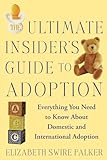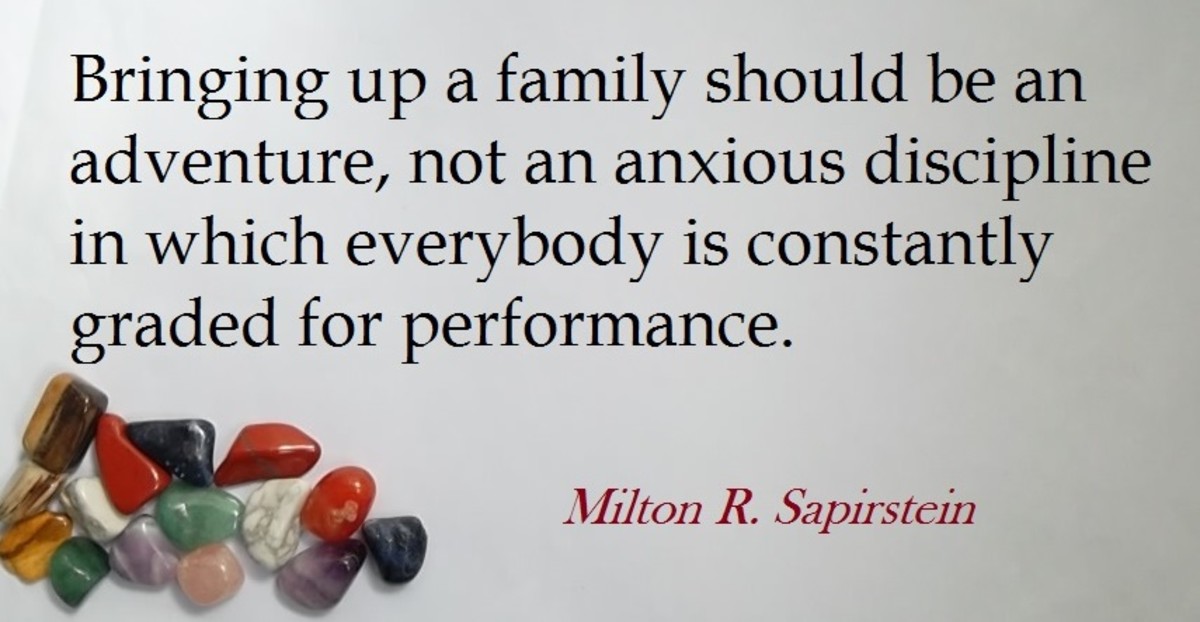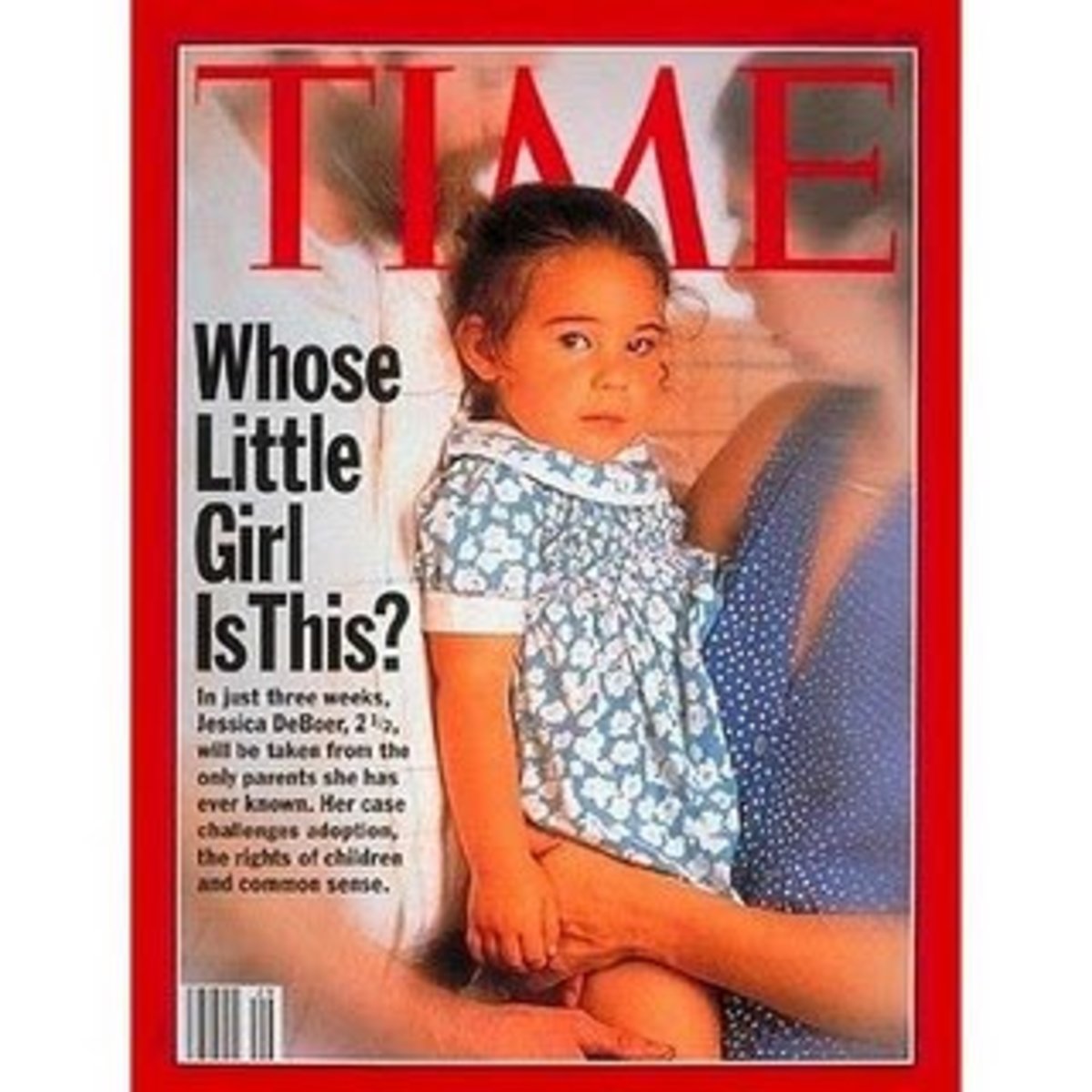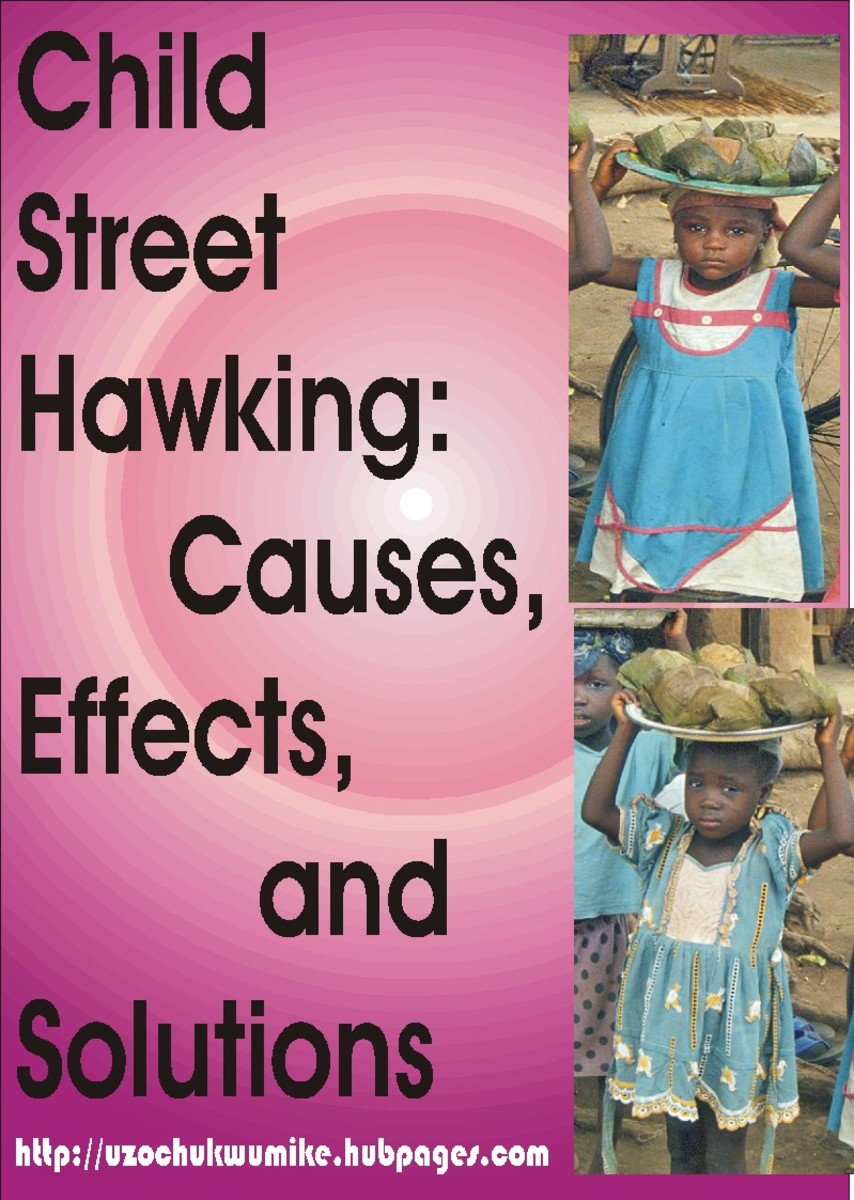Adoption: What to Know About Supporting an Adopted Baby or Child
Adoption is the formal legal process of gaining a child as one’s own. Adopted children become full members of their adopted family and have the same legal status as biological children. Many times adopted children are placed outside the norm, because adoption does not involve kinship. Kinship is the relationship between people based on their common bonds of blood or marriage.

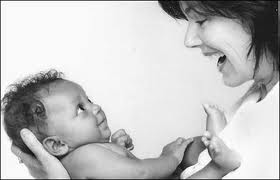
Even though the majority of people who adopt are married couples, single people also adopt. Also, many people seek to adopt when they discover they are unable to have children on their own. Others adopt simply to give a home and a family to children who might not otherwise have them. They wish to support an adopted baby or child as their own.


Children become available for adoption for a variety of reasons. Some children are orphans, where one or both of the parents are deceased. Some biological parents make arrangements for their children to be adopted, because they cannot care for them due to illness, financial, or personal problems. Other children are abandoned by their biological parents and need to be supported by a true family.

Children are not the only ones who are adopted. Many states allow the adoption of adults. Adults are usually adopted to ensure they will inherit the estate of their adoptive parents. There are some states that preserve the rights of an adopted adult to inherit from his or her biological parents after adoption.
Differences between Foster Care and Adoption
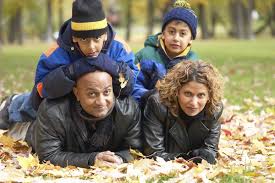
Foster care is when a child is temporarily placed with a foster family. Adoption and foster care differ in many ways. An adopted child becomes a permanent member of the adoptive family. The adopted child receives all the rights and privileges of a biological child, including the right of inheritance. Adoptive parents gain the right to make decisions in the child’s best interests by supporting him or her regarding issues such as education and medical care. On the other hand, foster care is designed to provide temporary care for children. Children are generally placed in foster homes by child welfare agencies.
Child Welfare Agencies

The role of institutional care has diminished in the United States, although institutions still provide specialized care for some children who are physically handicapped, developmentally impaired, emotionally disturbed, or delinquent. Some children are voluntarily placed in foster care when circumstances, such as a series illness, prevent their parents from caring for them. Poverty is often associated with the abuse and neglect that often result in the out-of-home placement of children. In these cases, social service agencies may remove children involuntarily and place them with foster parents. Most foster placements are made with the intention of reuniting the biological family at a later time. Agencies also place children in foster homes while searching for permanent adoptive parents. Families wishing to adopt a child sometimes serve as foster parents for the child until the adoption can be completed. This gives them a chance to bond with the child, while supporting him or her, before the official adoption takes place.
Effects of Foster Care

Foster parents who are not planning to adopt are urged not to become attached to the child. When a child is brought into a family’s life, attachment usually occurs. Learning to understand a child’s emotions, feelings, and different characteristics is one of the aspects of becoming attached to a child. Foster care is difficult for some people due to the bond that they form with the child as they support him or her and due to the possibility of losing contact forever.
TYPES OF ADOPTION
Types of Adoption
|
|---|
Informal
|
Stepparent
|
Formal
|
Independent
|
Informal Adoption

Informal societies usually arrange informal adoptions in which children are placed with other kin. Adoptions by relatives are generally easier to arrange than adoptions by people who are not biologically related to the child. Many children already live with the relatives who want to adopt them. Social services agencies usually perform background checks, such as screening prospective adoptive parents for histories of criminal activity or child abuse. However, background checks of relatives wishing to adopt are generally less extensive than those required of adoptive parents who are not related to the child.
Stepparent Adoption

In a stepparent adoption, the spouse of the biological parent adopts the child. Stepparents often adopt the spouse’s child to establish a closer relationship with the child and to become their legal guardian. Adoption by stepparents is the most common form of adoption. Because a biological parent of a child lives in the household, this type of adoption is usually the simplest to arrange. Background investigations are often waived. Because the law recognizes only two parents for each child, the parental rights of the biological parent who does not live with the child must be terminated. Usually, the biological parent who does not have custody of the child consents to the adoption. Many times, the biological parent is deceased and the child has always known the stepparent as his or her parent. In order to be considered the legal guardian of the child, the stepparent usually adopts him or her.
Formal Adoption
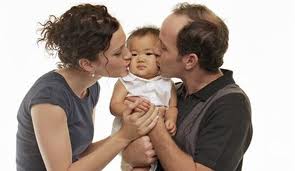
In the United States, people may seek to adopt through an agency or arrange an independent, or private-placement, adoption. In an agency adoption, the people who wish to adopt a child contact a state agency or a state-licensed agency and make their intentions known. The agency will then conduct a home study, a detailed investigation into the background of the applicants. In addition to screening for a history of child abuse or criminal activity, investigators usually examine the applicants’ personal relationships, social attitudes, medical records, and financial status. If the applicants are approved, the agency will then seek to locate a child available for adoption.
Independent Adoption

In an independent, or private-placement, adoption, locating a child is the responsibility of the person or persons seeking to adopt. A home study must be conducted by the appropriate state agency, a state-licensed adoption agency, or a state-licensed social worker authorized to conduct home studies. Some states do not allow independent adoptions. People who choose to adopt independently usually do so because agencies have no children available for adoption at a particular time or require long waiting periods. Many people seeking to adopt independently locate an available child by making contacts with others involved in the adoption process and exchanging information. Others locate children through advertising.

An intermediary is someone who helps people wanting to adopt by locating parents who wish to make an adoption plan for their child. Some states prohibit the use of either paid or unpaid intermediaries. Other states do not permit the use of just paid intermediaries. Some states have laws regarding who may serve as an intermediary. Most people seeking to adopt independently will hire an attorney specializing in adoption to advise and assist in the process. Some states limit the activities an attorney or other materially assisting person can perform. People who live in states with restrictive laws can adopt in another state with more liberal laws.

Open or Closed Adoption
Open
| Closed
|
|---|---|
Parents Exchange Information
| Parents Do Not Exchange Information
|
Open Adoption
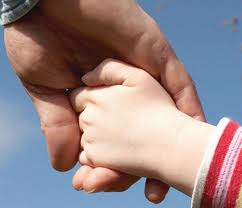
An open adoption involves some exchange of personal information. At the very least, one party will supply information relevant to the child’s future well being, such as medical history or financial status. In some cases, the biological parents may maintain personal contact with the child after the adoption. The adoptive and biological parents generally settle these issues before the child is adopted and, sometimes, months before the child is born. The desires of the biological parents usually determine the outcome of such arrangements. They may refuse to proceed with the adoption if the adoptive parents do not agree to go along with their wishes. More and more adoptions are being arranged. The relative success of these alternate practices brings into question the validity of an adoptive process that denies adopted children access to their biological heritage.
Closed Adoption
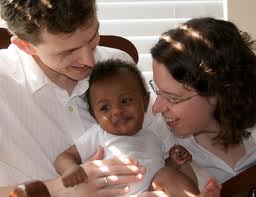
In a closed adoption, the biological parents and adoptive parents do not exchange information and have no personal contact. Only a few states require a direct exchange of information between birth parents and adoptive parents. However, all states have laws establishing whether court files regarding adoptions are to be open or closed. If the files are open, state laws control who has access to them and when they may be examined.
Telling Children They are Adopted

Adoptive parents must decide if and when to tell their children about their adoption. In the past, parents often kept information related to the adoption from the child until he or she became an adult. Some parents never told their adopted children about their adoption. Most adoptive parents withheld this information to protect their children from the pain of discovering that they were not biologically related to other family members. When such children discovered that they were adopted, the bond of trust between parent and child often suffered. Sometimes family relationships deteriorated as a result.

Today most parents tell children about their adoption at the earliest possible age. Children accept and absorb the fact of their adoption in different ways at different stages of their development. Knowing the story behind the adoption allows children to gradually come to terms with their past, rather than having to deal with the psychological issues related to adoption later in life.

Search and Reunion
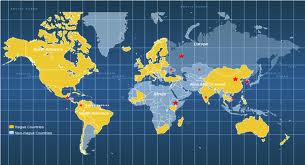
The attitude of most adoptive parents to the children’s desire to search for their birth parents has changed as well. In the past, adoptive parents viewed their child’s desire to search for his or her biological parents as a rejection of themselves and their family unit. Unwilling to upset their adoptive parents, many adopted people searched for their birth parents in secret or waited until their adoptive parents died before beginning to search. Many adopted people feel that they must find answers to certain questions about their origin before they move on in their lives. Today many adoptive parents support their adult child’s search for his or her biological parents. Some states have developed adoption registries through which adult adopted people and birth parents can locate each other. Some states require registration, while others simply encourage voluntary participation in their registry programs.

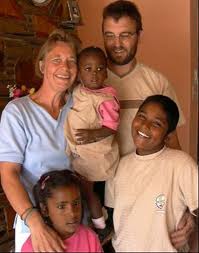
Many adults who were adopted as children search for their biological parents, usually claiming a sense of emptiness. Some experienced social discrimination that strengthened their desire for more knowledge of their biological kinship ties. Social discrimination is the process in which certain individuals are discredited for possessing unusual social traits or physical characteristics. Because this causes a discomfort to the majority of others, they are labeled deviant. These individuals must try to gain acceptance by finding ways to manage their social stigma trait and limit its disruption of others’ sensibilities. Many use reunion with their biological parents as a way to neutralize their social stigma and gain greater social acceptability from others.

Many adopted children and adults feel the need for birth mother contact. They desire more complete genealogies, express curiosity over the events surrounding their conception, birth, and relinquishment, want information that could be passed down to their children, and yearn for more detailed knowledge of their biological family background. Other search motives include a need for a biological connection, a desire to see who they look like, and the means of gaining a stronger social acceptance.

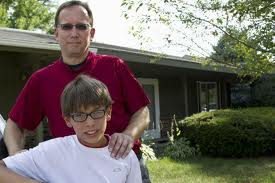
Studies on reunited adopted children revealed high levels of satisfaction with the reunion outcome. This was associated with ability to “fill the gaps” that were created be secrecy. Many felt that could now respond more appropriately to other’s questions.They were more comfortable with their adoptive status and with social interactions. When the adopted children discovered the reasons for the adoption, they gained more power over their presentation of self and over negative assumptions that others had made. They now perceived themselves as more socially acceptable.
Other Helpful Resources
Helpful Adoption Links
- http://www.utdcfsadopt.org/
- Adoption Today
Deals with international, transracial and domestic adoption topics. Site includes subscription details, information about past issues, and guidelines for writers. - Adoptions Home | Intercountry Adoption
adoption information - Focus on the Family: Helping Families Thrive
Focus on the Family provides relevant Christian advice on marriage, parenting and other topics. Find practical resources for every age and lifestage. - Adoption Services, Agencies, International, Adoptive Parents, Baby
Adoption information. Visit adoption.org to learn about Adoption. Adoption articles, blogs, forums and more - National Adoption Center: Adopt a Child
Home of the National Adoption Center - HowStuffWorks "How Adoption Works"
Adoption unites children who need families with loving parents. Learn about adoption, adoption agencies, international adoption, foster care and more. - Adoption
- AdoptUSKids
- Adoption, International, Domestic, Waiting Child, Baby, Infant, Open
Adoption.com is the authority for all things adoption. Check out our resources about pregnancy, domestic & international adoption, parenting, adoptees, foster parenting and more




